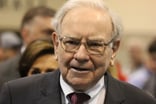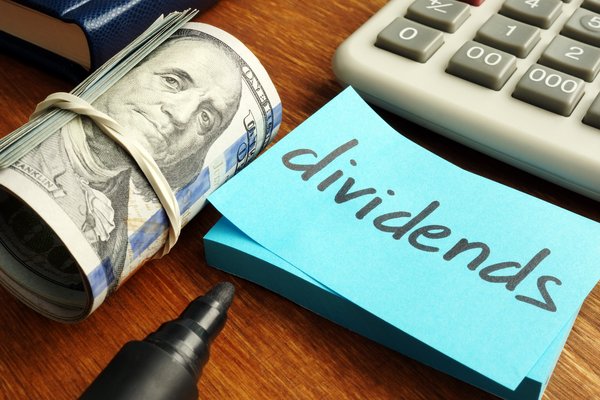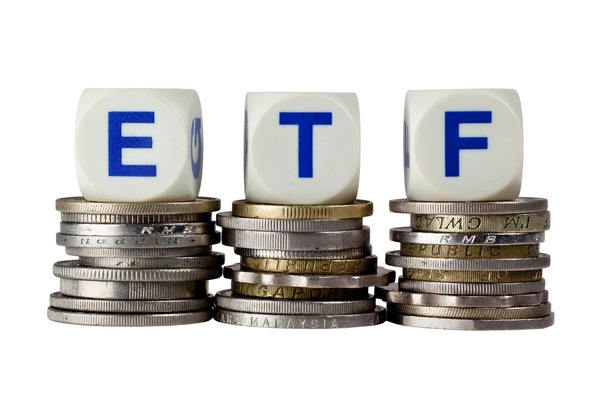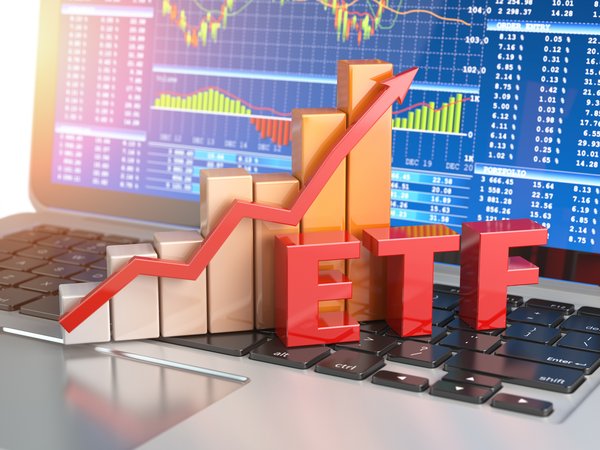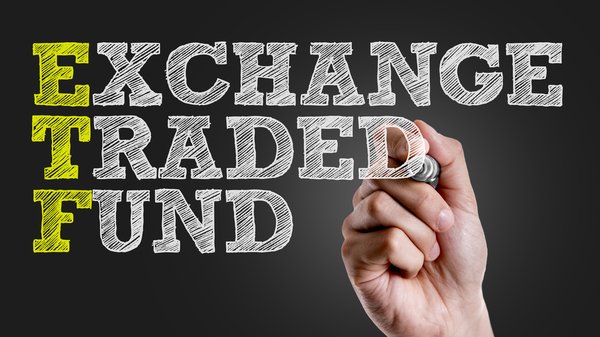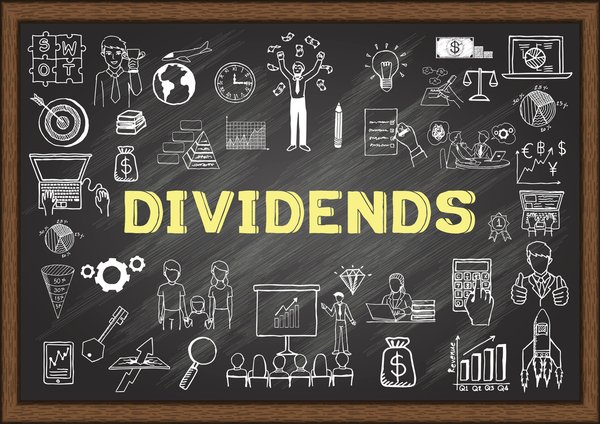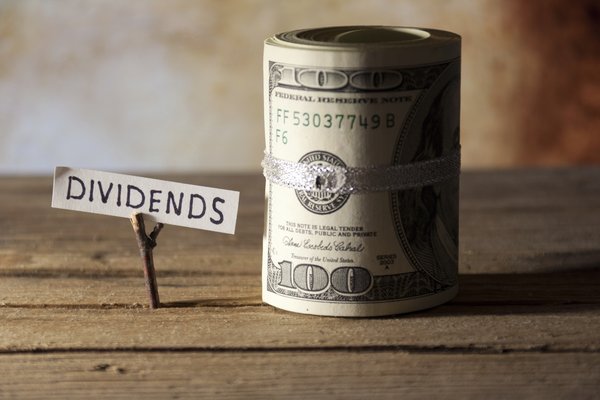Exchange-traded funds (ETFs) offer investors an appealing alternative to owning individual stocks. With ETFs, investors can own an asset that trades like a stock but gives them ownership of a broad range of stocks or other assets.

There are all kinds of ETFs available. Some track major indexes, such as the S&P 500 or the Nasdaq Composite. Others give investors exposure to certain parts of the world, like China or emerging markets. And some ETFs concentrate on certain sectors, such as technology or bank stocks, or specific types of stocks, like dividend or growth stocks.
Exchange-Traded Fund (ETF)
In a challenging market environment, ETFs can help reduce one considerable risk of owning an individual stock, since they tend to be less volatile. Although they're similar in principle to mutual funds, they're easier to buy and trade than the typical mutual fund and tend to have lower fees. If you're looking for ETFs to invest in, keep reading to see seven of the best.
7 ETFs to buy now
Top 7 ETFs to buy now
| ETF | Ticker | Assets Under Management (AUM) | Expense Ratio | Description |
|---|---|---|---|---|
| Vanguard S&P 500 ETF | (NYSEMKT:VOO) | $588.2 billion | 0.03% | Fund that tracks the S&P 500 |
| Invesco QQQ Trust | (NASDAQ:QQQ) | $313.8 billion | 0.2% | Fund that tracks the Nasdaq-100 |
| Vanguard Growth ETF | (NYSEMKT:VUG) | $153.1 billion | 0.04% | Invests in large-cap U.S. growth stocks |
| iShares Core S&P Small-Cap ETF | (NYSEMKT:IJR) | $94.5 billion | 0.06% | Fund that tracks the S&P SmallCap 600 Index |
| iShares Core Dividend Growth ETF | (NYSEMKT:DGRO) | $31.3 billion | 0.08% | Invests in U.S. stocks focused on dividend growth |
| Vanguard Total Stock Market ETF | (NYSEMKT:VTI) | $468.3 billion | 0.03% | Holds about 3,600 U.S. stocks of all sizes |
| iShares Core MSCI Total International Stock ETF | (NASDAQ:IXUS) | $37.5 billion | 0.07% | Holds about 4,300 international stocks of all sizes |
1. Vanguard S&P 500 ETF
Vanguard created the index fund. If you're looking for an S&P 500 index fund, the Vanguard S&P 500 ETF is hard to beat.
It offers a dirt cheap expense ratio of just 0.03%, compared to the 0.78% average for similar funds. This lower expense ratio means investors will pay just $3 in annual fees for every $10,000 invested with the fund rather than $78 in a typical competing fund.
The Vanguard S&P 500 ETF is one of the largest and most popular ETFs (second in assets under management, or AUM). The ETF's combination of low cost and large size makes it a great choice if you're looking to invest in the broader market. Because of its history, diversification, and exposure to blue chip stocks, many investors consider it one of the best ETFs to buy and hold.
The S&P 500 has an excellent track record of delivering returns for investors. Over the last 50 years, the average stock market return, as measured by the S&P 500, is 9.4% with dividends reinvested. The Vanguard S&P 500 ETF is a low-cost way to capture the market's returns.
2. Invesco QQQ Trust
If you're looking for exposure to big tech stocks, Invesco QQQ Trust is an excellent choice. The ETF tracks the Nasdaq-100 index, which includes 100 of the Nasdaq's largest nonfinancial companies.
The top stocks in the ETF are Apple (AAPL -0.2%), Microsoft (MSFT 1.14%), and Amazon (AMZN 1.8%), and it boasts an affordable expense ratio of 0.2%. It's one of the best-performing ETFs. As of late 2024, the Invesco QQQ Trust had generated a total return of around 420% over the last decade. That easily outpaced the S&P 500's roughly 250% total return. For perspective, a $10,000 investment made in the Invesco QQQ Trust 10 years ago would be worth more than $52,100 today.
The Nasdaq-100's focus on innovative technology companies positions it to continue delivering strong total returns, especially as artificial intelligence (AI) accelerates growth in the tech sector in the coming years.
3. Vanguard Growth ETF
If you want to invest in growth stocks but don't want to be an active stock picker, the Vanguard Growth ETF makes that easy. The ETF holds large-cap growth stocks and tracks the CRSP US Large-Cap Growth index.
Like the Invesco QQQ Trust and the Vanguard 500 index, the Vanguard Growth ETF's biggest holdings are Apple and Microsoft. The growth-focused ETF also holds many other growth stocks among the roughly 185 companies it owned as of late 2024.
The Vanguard Growth ETF offers a rock-bottom expense ratio of just 0.04%. Its low cost makes it a good deal for anyone looking for a growth stock ETF.
4. iShares Core S&P Small-Cap ETF
The iShares Core S&P Small-Cap ETF provides broad exposure to small-cap stocks. Small caps tend to be more volatile than the broader market because they may not be profitable or as financially strong as their large-cap counterparts. As a result, small caps tend to be more at risk during a downturn because they may not have the same access to capital.
This ETF helps mute some of that risk by owning a large basket of small caps. As of late 2024, it held almost 640 stocks and had a fairly low concentration of holdings. Its top 10 holdings made up about 7.1% of the total. The ETF has a very low expense ratio of 0.06%, making it a low-cost way to add some small-cap exposure to your portfolio.
5. iShares Core Dividend Growth ETF
Dividend stocks are great long-term investments. Over the last 50 years, dividend-paying companies outperformed those that don't pay a dividend by more than 2-to-1 (9.2% average annual total return vs. 4.3% for dividend non-payers). The best performance came from dividend growers and initiators (10.2% vs. 6.7% for companies with no change in their dividend policy).
The iShares Core Dividend Growth ETF provides exposure to U.S. stocks with a history of growing their dividends per share. It held more than 410 dividend stocks as of late 2024.
The ETF offers a relatively attractive dividend yield. As of late 2024, it had a trailing 12-month yield of 2.2%, more than the 1.2% dividend yield of an S&P 500 index fund. And thanks to its low expense ratio of 0.08%, investors get to keep more of the dividend income the ETF produces. The fund should also deliver price appreciation as the underlying companies grow their earnings and dividends.
Dividend Yield
6. Vanguard Total Stock Market ETF
Although the S&P 500 is considered a broad-market index, it gives you exposure to only 500 large-cap U.S. stocks. If you want to own all the stocks in the U.S. market, the best way to do it is through a total stock market fund such as the Vanguard Total Stock Market ETF.
As of late 2024, the fund held more than 3,600 stocks, including large caps, mid caps, and small caps. Because its holdings encompass the S&P 500, its largest holdings are the same as for the broad market index.
Vanguard Total Stock Market ETF aims to track the CRSP US Total Stock Market index. Like other Vanguard funds, its low expense ratio of 0.03% makes it an affordable way to invest in the entire U.S. stock market through one ETF.
7. iShares Core MSCI Total International Stock ETF
If it's international markets you want, the iShares Core MSCI Total International Stock ETF is a good way to go. The fund derives its holdings from an MSCI global index and then subtracts the U.S. listings. It has more than 4,325 stocks, including large caps, mid caps, and small caps from around the world.
The ETF offers diversified international exposure. The fund's top five geographies as of late 2024 were:
- Japan: 15.4% of the fund's holdings
- United Kingdom: 9.2%
- Canada: 8.1%
- China: 7.2%
- India: 6.3%
The fund allows you to invest globally at an affordable expense ratio of 0.07%. As of late 2024, it also has an attractive dividend yield of 3%, based on dividend payments over the last 12 months.
Related investing topics
Should you invest?
Should you invest in ETFs?
Exchange-traded funds can work for almost any kind of investor, regardless of your investing style or the type of stocks you're looking to invest in. Hundreds of ETFs offer exposure to a wide range of sectors and different investing goals, such as dividends or growth.
With these funds, you can avoid some of the risk and volatility of investing in individual stocks at a very low cost. They're also a good idea if there's a sector you want to invest in but don't know it well enough to pick individual stocks.
For most investors, holding at least one or two ETFs makes sense, especially if you want to eliminate some of the work of picking individual stocks. The list above offers a good start if you're looking for some of the best ETFs to buy.
FAQ
Buying the best ETFs FAQ
What is the best ETF to buy right now?
There are lots of good ETFs to buy in any market environment. In late 2024, the iShares Core Dividend Growth ETF looked relatively more attractive than other top ETFs.
Its price had underperformed the market (up about 23% over the past 12 months compared to an almost 32% gain for the S&P 500) as higher interest rates weighed on stocks with higher dividend yields. However, with rates expected to continue falling in 2025, dividend stocks could outperform, making this ETF look like one of the best to buy right now.
What is the most successful ETF?
The most successful ETF over the last 10 years is the VanEck Semiconductor ETF (NASDAQ:SMH). The fund focuses on semiconductor stocks and has delivered a 28.2% average annualized total return over the past decade, according to ETF.com. Of note, four of the 10 best-performing ETFs over the last 10 years focused on semiconductors, while all of the top 10 performers focused on technology stocks.
Are ETFs best for beginners?
ETFs are great for beginners because they take the guesswork out of picking individual stocks. The best ETF for beginners is one focused on the broader market.
Top options include the S&P 500-focused Vanguard 500 ETF or the even broader Vanguard Total Stock Market ETF. Both own hundreds of stocks and have low expense ratios. They provide investors with instant exposure to a diversified portfolio of stocks for a very reasonable cost.
Are ETFs still a good investment?
ETFs can be very good investments. Many ETFs enable you to invest passively in a broader stock market index at a low cost, allowing you to earn market returns. Other ETFs are great options for those seeking passive income from dividend stocks or bonds. ETFs can also help investors earn market-beating returns by investing in a sector or group of stocks growing at above-average rates (like semiconductor and technology stocks).
What ETF pays the highest dividend?
According to data from ETFdb.com, dozens of ETFs offer dividend yields in the double digits as of late 2024. However, many of the ETFs with the highest dividends are very small leveraged ETFs, making them exceptionally risky.
Even so, a couple of high-dividend ETFs stood out for yield-seeking investors: The Global X NASDAQ 100 Covered Call ETF (NASDAQ:QYLD) and the JPMorgan Nasdaq Equity Premium Income ETF (NASDAQ:JEPQ). Both used a covered call strategy to generate options income on a well-known market index (Nasdaq-100), enabling them to pay yields of about 10%.


